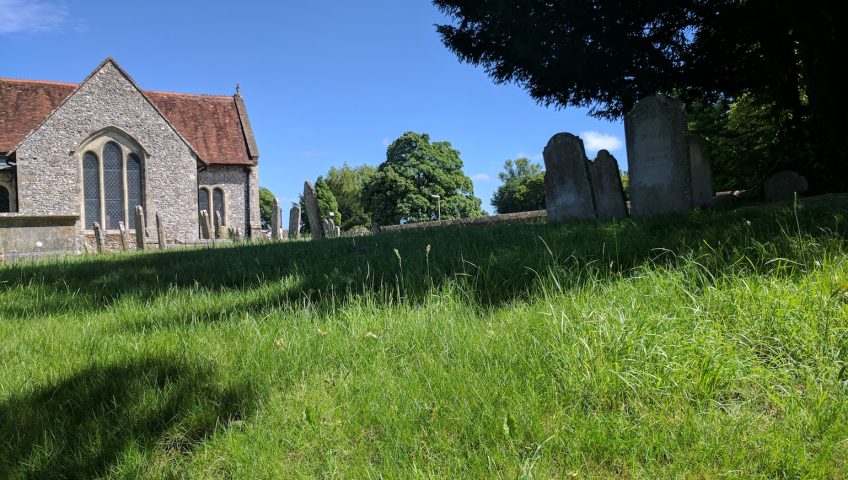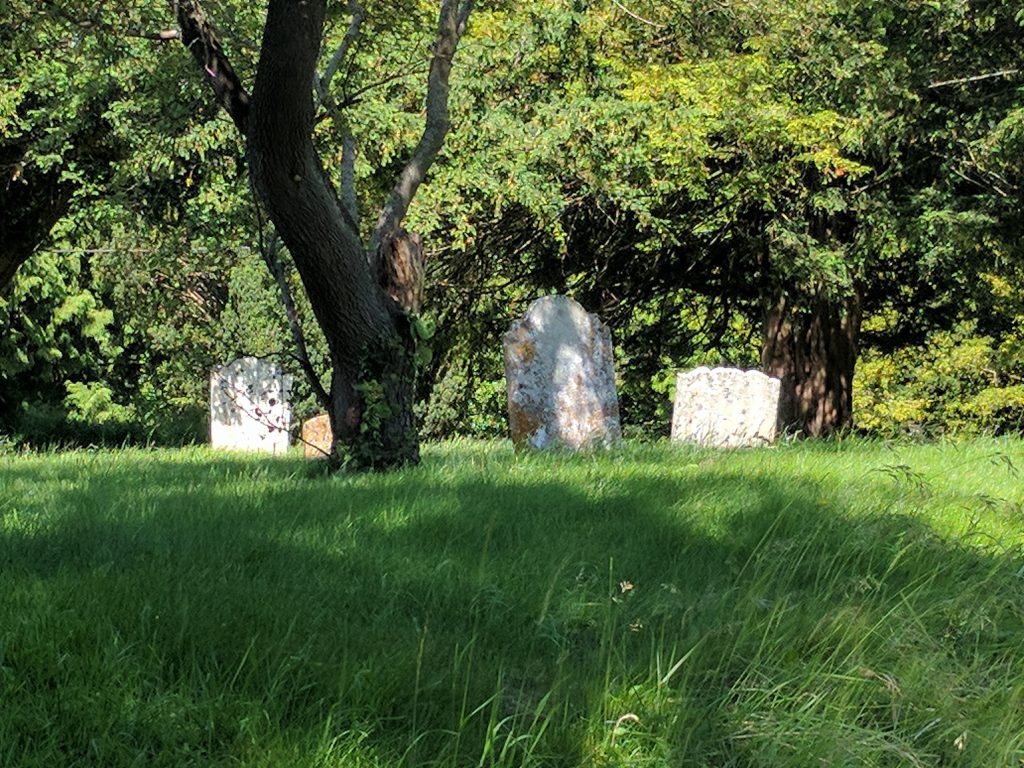
Soil in church yards
CAUTION! This is seriously outside the box and possibly sensitive, but graveyards are great places to go – if you’re into soil.
As long as you’re not planning on staying indefinitely! 🙂
Think about it. The soil there should be really healthy.
Here’s why.
It is left undisturbed for relatively long periods. Traffic is restricted, mainly on a Sunday and for special events, and generally low volume – primarily limited to foot. And, everyone feels a bit funny walking over a grave don’t they?
Then you have the flora. The grass, hardy shrubs and trees.
Typically there is the odd Yew tree or two, abutting an ancient boundary or hedge or standing soldier-like on sentry on amongst the stone pieces. They are usually quite old and have co-evolved with soil itself, forming symbiotic relationships with the fauna that are too complex to comprehend, though will likely be significantly beneficial for fungi levels. The cover and the protection of the established green landscape and the shade afforded by the steeple tower, provide the first line of defence against climatic extremes.

Soil level is frequently elevated in the oldest of these traditional village settings. Contained within a wall, often many feet above other features in and around the site, like paths, gates and roadways. This is great for water drainage and maintaining optimal moisture content. I was led to believe (rightly or wrongly) that ‘coffins drifted underground’. Is this just an old wife’s tale or is the soil really so light, friable and free-flowing at this type of depth? I suppose it may be if it is occasionally being dug up and added to…
Then you’ve got the organic matter! Should be a pretty high %, shouldn’t it? We are made of soil, as we consume it, digest and absorb it in all its different forms. Eventually we are returned to it.
And head stones. Great supply of trace elements! As the granite or marble stone is gently eroded over time, years, centuries, the elements perculate through the soil, feeding it. Fuelling microbial interactions, nourishing plants and grasses.
So how healthy is the soil in a graveyard really?
I feel a soil test coming on though.
If you’ve ever tested soil in a graveyard, I would love to hear your experience. Or, if you have ever pondered this question, and are strange like me, also reach out.
Different I know. But if you enjoyed it, we’d love you support if you can click LIKE below.
